.jpg?width=600&name=87688565_741227036405236_1494344470898933760_n%20(1).jpg)
Retail NZ recently hosted a Payments Forum, giving small to medium business owners the opportunity to learn more about payments and gain valuable insights from a panel of industry experts, including Eftpos NZ GM Pete Hansen. The panel debated and discussed the pros and cons of different payment systems and gave their views on what the future might hold for payments.
Attendees were also treated to presentations from:
- Megan Simons, Director - Merchants, Acquiring & Acceptance at Mastercard
- Phil Petry, Transactional Solutions Manager at Westpac New Zealand from Westpac, and
- David O’Brien, Head of Merchant Sales and Solutions Visa
Here are some of the Eftpos NZ team’s key insights from the event:
- Changes to the retail environment present opportunities for retailers
- Be ready to meet international customer expectations
- Interchange Plus might be the key to managing the cost of payments, including contactless payments
- Surcharging is a matter of choice
- Card not present fraud is on the rise, but we already have the tools to combat it
- The future of payments
- Understanding payments is a vital part of running a business
Changes to the retail environment present opportunities for retailers
A key theme at the forum was change. “Change is constant, and it only seems to be accelerating for all of us” – Megan Simons, Mastercard.
The perception is that brick and mortar retailers feel threatened by the rise of eCommerce, but according to Mastercard, 86% of global retail sales still occur in brick and mortar locations.
eCommerce hasn't usurped brick and mortar stores, but the line between instore and online payments is blurring, with businesses leveraging card present solutions in an online model. For example, the Uber and BP Me apps.
“Consumers no longer separate physical and digital, there is an expectation for consistency regardless of interaction” – Megan Simons, Mastercard.
Instead of viewing eCommerce as a threat to your brick and mortar presence think about how eCommerce payment experiences are shaping consumer expectations and how you can adapt your in store experience to meet these expectations.
Other key areas driving change in New Zealand are the demand for contactless, loyalty, and buy-now-pay-later (BNPL) schemes. Merchants are concerned about the cost of BNPL schemes but according to John O’Sullivan, from Zip “BNPL schemes shouldn't be seen as cutting into sales, it brings more business, and has a greater conversion.”
Be ready to meet international customer expectations
2021 brings with it a flurry of major international events hosted here in New Zealand. Expect a wave of international visitors - and their wallets!
APEC, the America’s Cup, and the Women’s Rugby World Cup are all on the calendar for 2021. These events present huge opportunities for merchants across verticals and industries. The America’s Cup alone carries an estimated boost to the economy of around $519 - $925 million. The first step to leveraging this golden opportunity is ensuring your business is geared up to take the payments foreign visitors prefer.
For example, Australia is our largest tourism market, but many Australians are surprised by the noticeably lower rate of adoption of contactless payments among merchants in New Zealand compared to at home. According to Mastercard, in Australia nearly 95% of all transactions are contactless.
Other payment methods to think about are alternative payment methods such as QR-code based mobile payments offered by the Alipay and WeChat Pay apps. The scale of these apps is incredible. Aria Soedjanto from UnionPay noted that Chinese mobile payments dwarf the volume seen in the USA, “there were 12.8 trillion mobile payments in China in 2018.”
Pete Hansen from Eftpos NZ acknowledged that the China-based credit card UnionPay currently enjoys wider acceptance in New Zealand than Chinese mobile payments, “but that is starting to change as the Alternative Payment Solutions solutions (e.g. Alipay and WeChat Pay) are becoming more available on EFTPOS devices”.
Interchange Plus might be the key to managing the cost of payments, including contactless payments
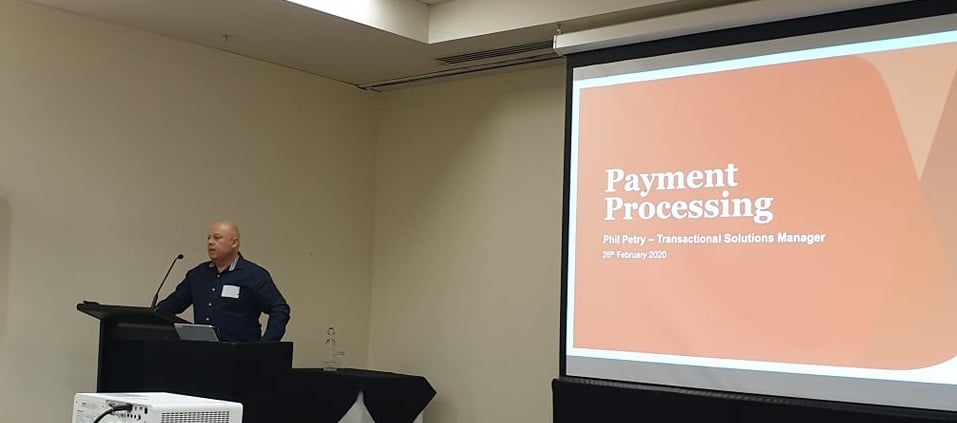
It’s not just international visitors expecting to be able to tap to pay, a study by Mastercard found that 30% of New Zealanders find it frustrating when they can't use contactless. In fact, retailers might be surprised to find that 70% of all transactions in NZ are already contactless.
Expected increases in Merchant Service Fees are the main barrier to enabling contactless transactions for merchants. But according to Phil Petry from Westpac, enabling contactless payments can decrease your Merchant Service Fees if you use Interchange Plus, because contactless transactions have lower Interchange fees under an Interchange Plus fee structure, compared to swiped or dipped transactions.
Petry reported that there is now a trend towards Interchange Plus, with fewer customer discussions around a blended MSF rate.
Key to making this work for your business is understanding your pricing model. Westpac has some great resources for understanding your Merchant Service Fees here. You’ll also need to make sure you encourage your customers to use contactless for all transactions. Using this method will not work for every business, so it’s important to model your business and weigh up the pros and cons of accepting contactless.
And while the cost is a downside, the benefits are many. Accepting contactless transactions allows merchants to accept payments from mobile devices and wearables like Apple Watches, increases your speed of service and ensures a seamless payment experience with minimal friction. There’s evidence that accepting contactless reduces chargebacks and fraud too. Wearable devices for example are considered safer than cards, as they offer authentication methods over and above that of a card.
Consider contactless as one of the tools available to you to create the convenient in store experience your customers expect.
Surcharging is a matter of choice
Small independent retailers are interested in how they can recoup the cost of credit cards and "buy now pay later" fees. One solution discussed was the option of applying a credit card surcharge. The consensus was that while credit card surcharging is legitimate, you do risk leaving a bad impression with your customers should you choose to apply a surcharge.
“It is merchant choice, the terminals are enabled to allow surcharging, and the retailers have the option to enable it if desired, but you need to consider the impact that would have on your consumers, and whether or not you should bundle it into your overall price of your goods and services” – Pete Hansen, GM, Eftpos NZ.
Get our tips for applying a credit card surcharge
Card not present fraud is on the rise, but we already have the tools to combat it
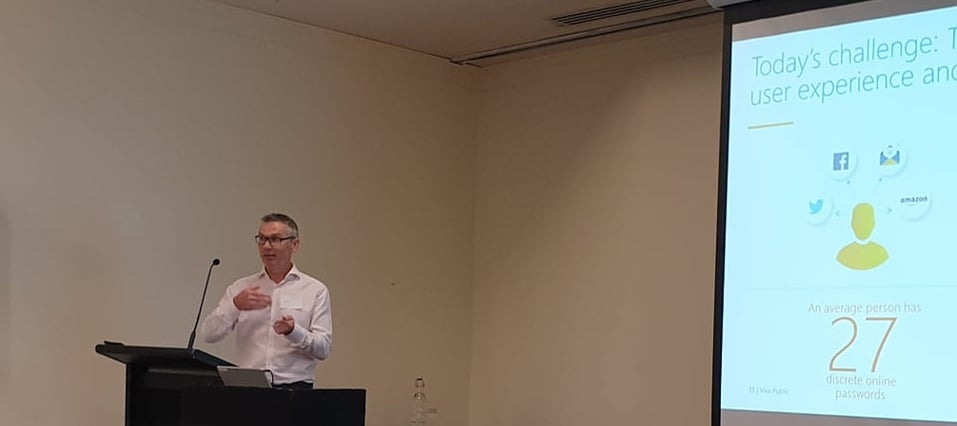
Security was another key theme at the forum. The fastest growing contributor to credit card fraud is Card Not Present (CNP) transactions, thanks to the growth in eCommerce transaction volume.
As the volume of eCommerce transactions grows, the fraud follows. Visa data shows that the 28% growth in CNP eCommerce transactions in Asia Pacific brought with it a 19% increase in CNP fraud.
The challenge facing eCommerce merchants now, according to David O’Brien, Head of Merchant Sales and Solutions at Visa, is “the trade-off between an elegant user experience and preventing fraud effectively”.
The solution? 3-D secure 2.0, a security protocol which will offer an additional security layer for online transactions.
3-D secure is not new, but with the imminent release of version 2.0 more information about the transaction will be shared with processors compared to 3-D secure 1.0, offering an enhanced security layer and smarter risk management. The industry has learned from the poor implementation of 3-DS 1.0 and improved the solution to better meet the needs of merchants.
When 3-D Secure 2.0 is enabled, information about the transaction like the payment amount, currency, date, time, cardholder home address and even the browser is assessed, allowing processors to determine if a transaction is risky and should be challenged for additional cardholder authentication.
As a result, 95% of the time issuers won't challenge a transaction if 3DS2.0 is enabled. Plus, if 3DS2.0 is enabled, there is a liability shift, meaning the merchant is not liable for a fraudulent transaction if it is presented to them.
The future of payments
Another key theme at the Forum was what payment methods merchants can expect to see in the future.
Pete Hansen, GM of Eftpos NZ said “...there is an opportunity for new entrants to come into the market and offer a much broader range of payment methods for merchants and consumers.”
In the meantime, we’re already seeing a proliferation of new payment methods in Asia Pacific and Aria Soedjanto, Senior Business Development Manager at UnionPay believes “what is happening in China will influence the global payments landscape”. Namely, the boom in mobile payments.
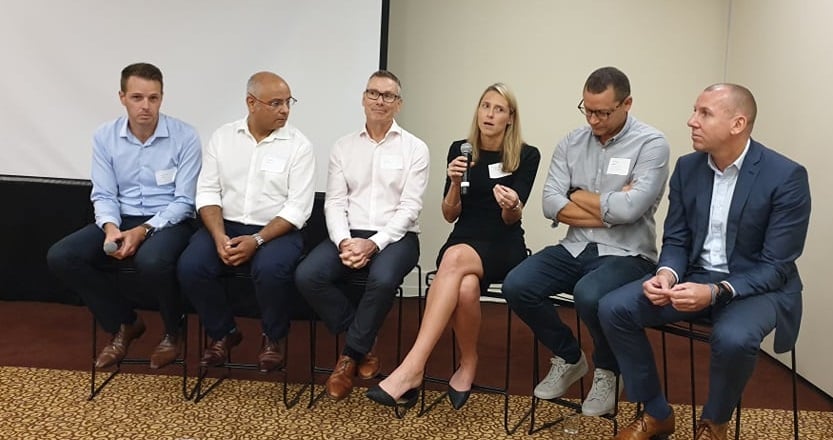
Pete Hansen noted, “We’re seeing a proliferation across Asia of different alternative payment methods. We’re seeing locally the likes of Alipay and WeChat, but there is just an absolute explosion of those types of payment methods across other markets in our region.”
New payment methods bring with them new complexities for merchants, however. Managing the growing number of payment methods will become very challenging for merchants to deal with.
"Consumers will have diverse preferences and you need to support them in terms of the way they want to pay.”
- Pete Hansen, GM Eftpos NZ.
Understanding payments is a vital part of running a business
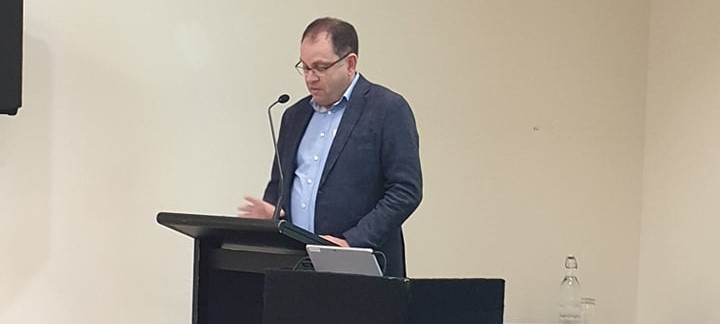
Finally, while Payments is a complicated industry, with many players, products and services, it’s important for retailers to understand their payment solution, the service providers available to choose from, the fees involved, and the value their payment solution can add to their business.
“It is important to understand how payments works, and how to make payment work for you” – Greg Hartford, CEO Retail NZ.
Compare terminal providers with our comparison chart
Payment is a constantly changing landscape influenced by shifts in technology, consumer expectations and emerging trends. Add to that the complexity of managing payment security and compliance, and it’s more important than ever that merchants’ partner with trusted payment providers that can help them understand and leverage these changes to the landscape.
"Should a merchant have to worry about compliance? Not if they select the right partner."
- Pete Hansen, GM of Eftpos NZ
Retail NZ offer a range of workshops and forums to give retailers a chance to upskill and network with their peers. See more Retail NZ events coming up at www.retail.kiwi/events
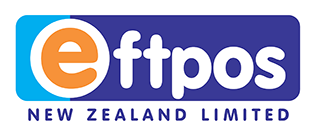
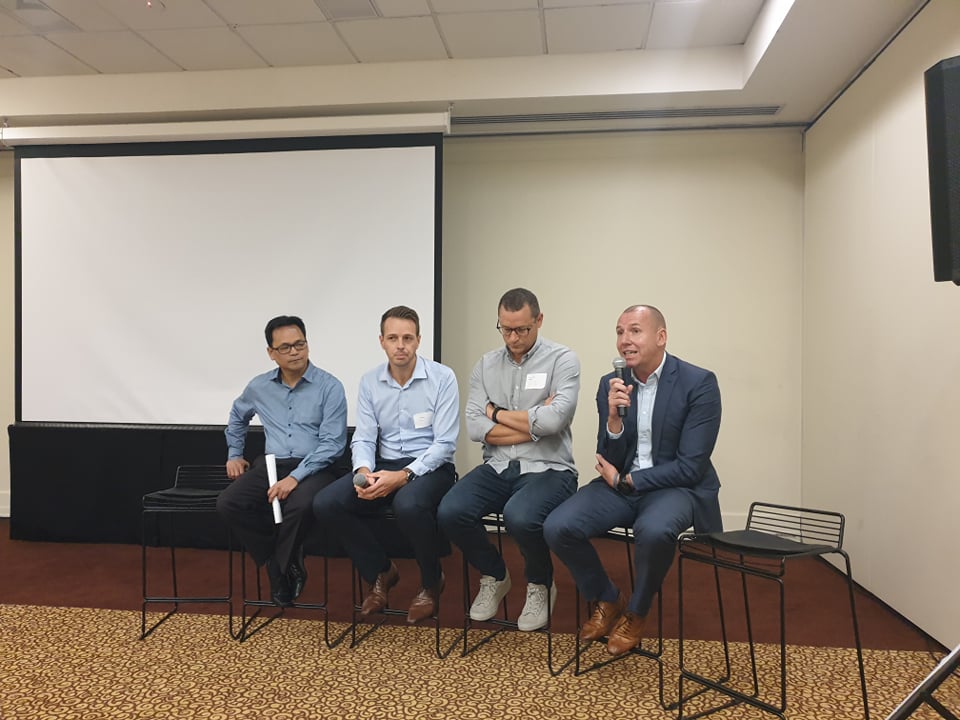
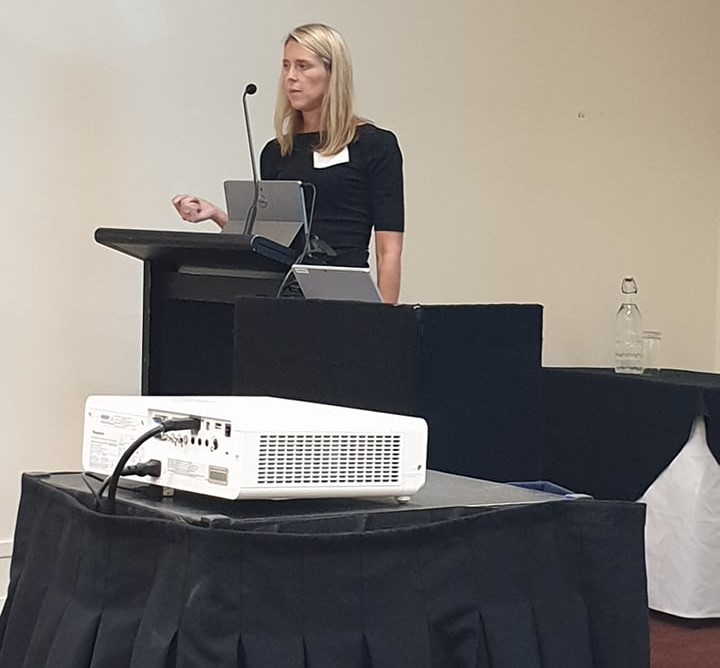


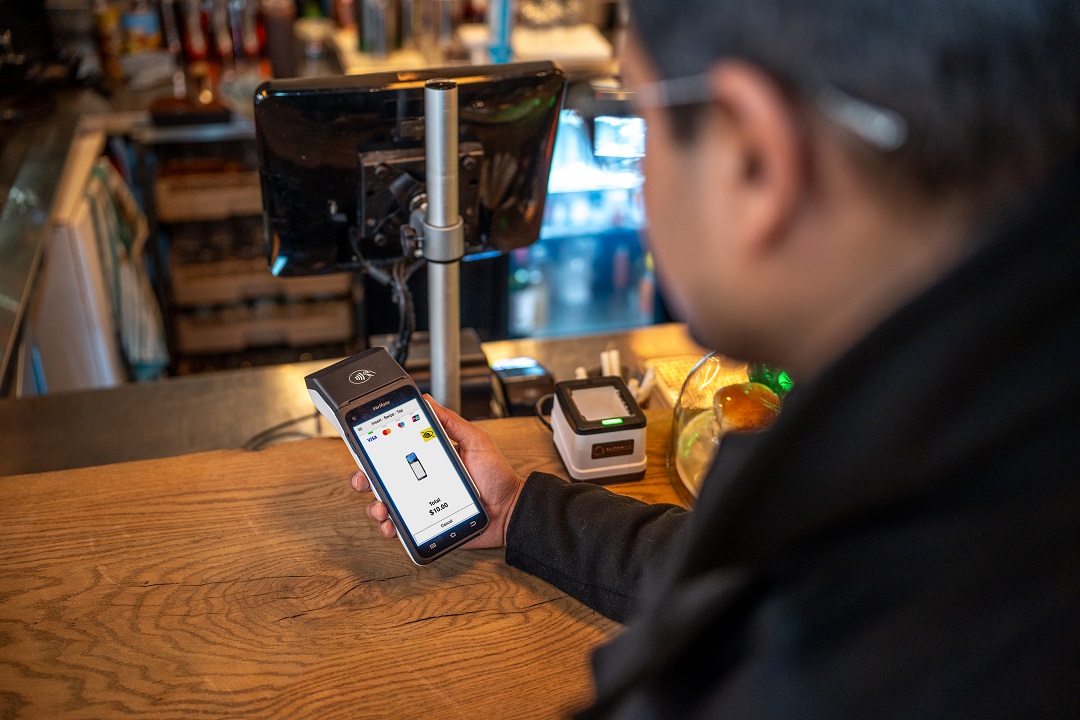
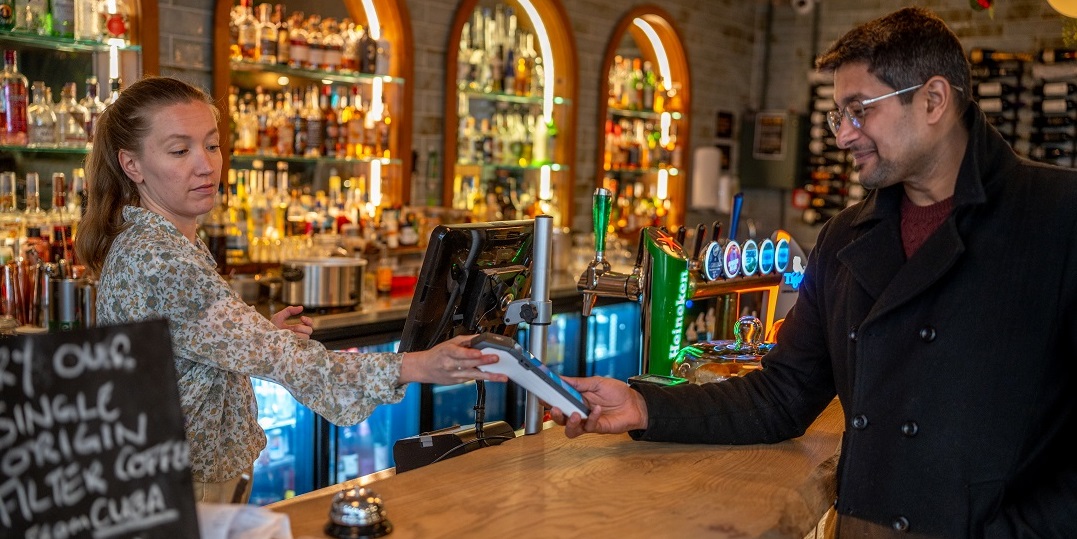
Comments